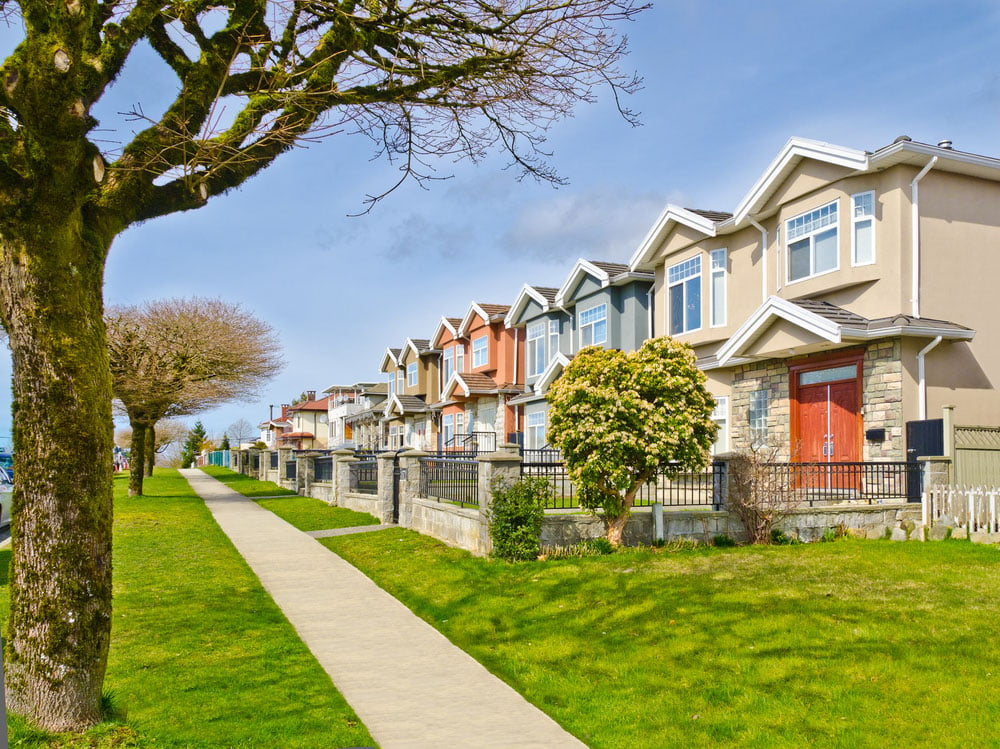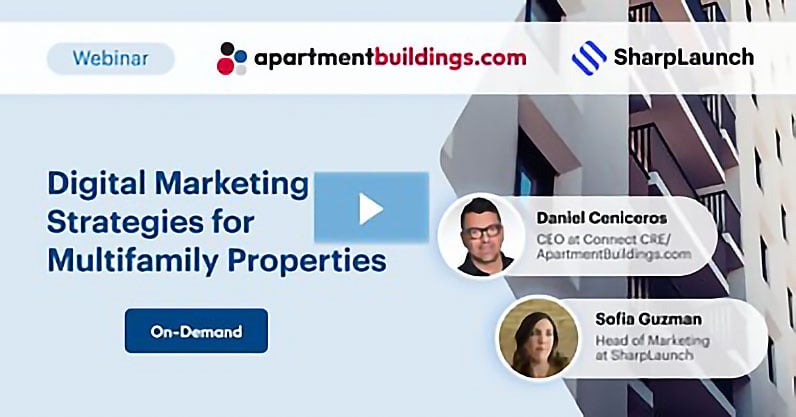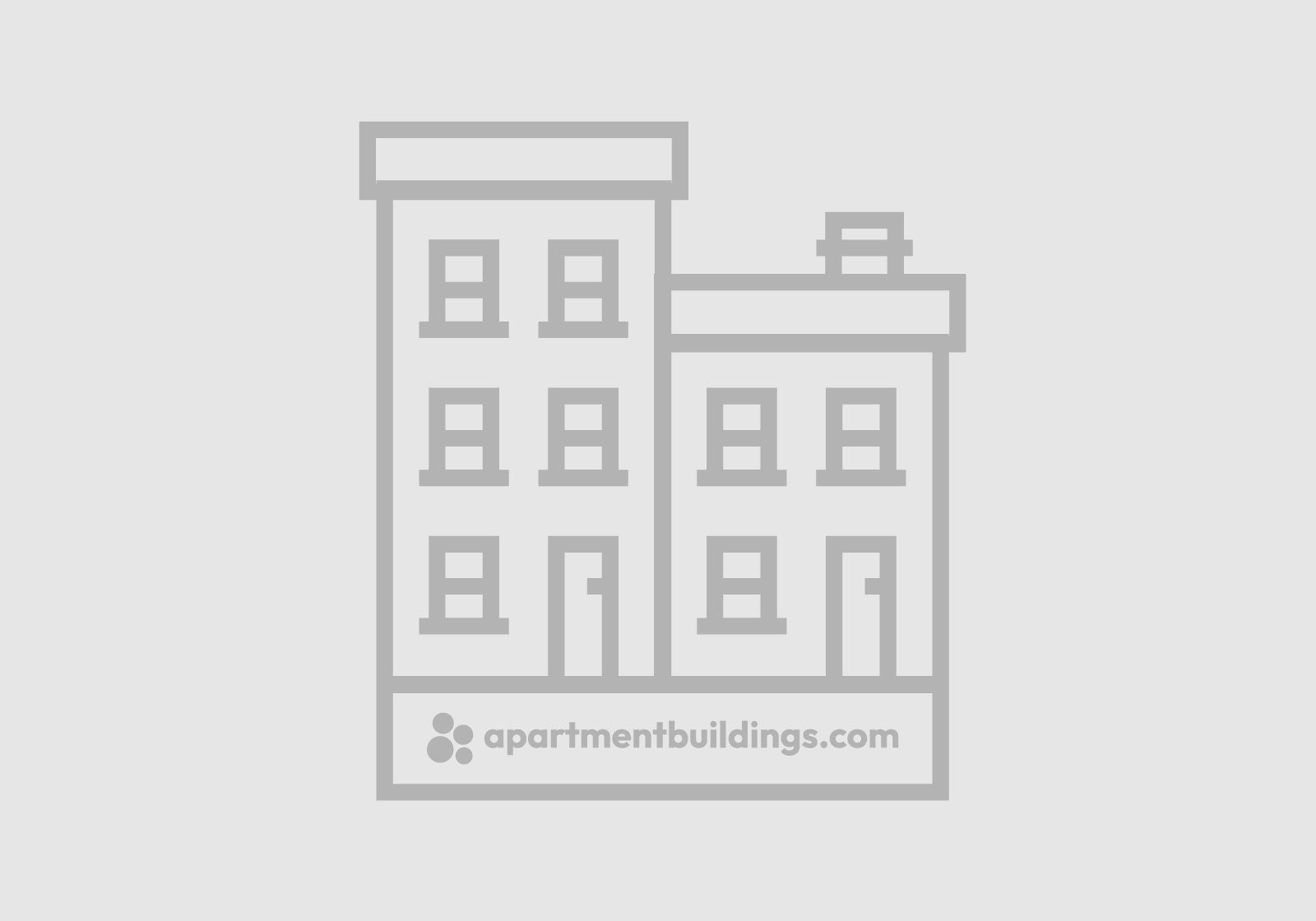The Bottom Line On Affordable Housing: A Positive Investment For Good

The affordable housing crisis in the United States has continued to rise since the onset of the Great Recession. 2022 projections estimated a dire need for an additional four to five million homes across the nation. The scarcity of affordable housing impacts the most vulnerable in our society, including seniors, children, and individuals with disabilities.
Data indicates a severe shortage of affordable and available rental homes to extremely low-income renters fell by more than 500,000 units or 8% between 2019 and 2021 (U.S. Census Bureau, 2022b & 2020; Joint Center for Housing Studies, 2022; Hermann, 2020.) This supply and demand imbalance creates an opportunity for those interested in diversifying their property portfolio and positively contributing to social impact and the well-being of their communities through increased consumer spending, job growth, and tax generation. Also, affordable housing is often seen as recession-proof, making it an attractive investment to many.
An Opportunity Zone Overview
The Opportunity Zone initiative, established under the 2017 Tax Cuts and Jobs Act, allows investors to delay or potentially eliminate federal capital gains taxes associated with investments in specified economically distressed neighborhoods. These designated areas stand to gain various advantages, including enhanced infrastructure and increased resources and are intended to boost economic development in 8,700 census tracts.
Since the Opportunity Zones program was introduced, it has gained momentum. In 2021, the federal government spent $90 billion on housing assistance, an increase of almost 70% from the previous year. The federal government’s U.S. Department of Housing and Urban Development (HUD) and its Office of Capital Improvements administers the Capital Fund and Operating Fund, which provide resources to Public Housing Agencies.
Benefits and Tax Advantages
The federal Opportunity Zone program encourages private investors to invest their unrealized capital gains in distressed communities across the United States. Investors can use a Qualified Opportunity Fund to invest their capital gains into a business or property located in an Opportunity Zone. Opportunity zones are low-income census tracts nominated by state governments as part of a national effort. The law allows investors to put existing capital gains in a Qualified Opportunity Fund (QOF) and defer or eliminate taxes on those gains until the investment is sold or until 2026 (10 years from the commencement of the program), whichever comes first. The incentive will reduce the investors’ capital gains taxes, typically flowing through to state income taxation.
Finding a Project
The first step in securing a qualified opportunity zone investment is to find a project that fits the requirements. A qualified opportunity fund must invest at least 90% of its assets in Qualified Opportunity Zone Property, and the investment vehicle must be a corporation or partnership. Investors can take advantage of these affordable housing incentives in ways outside direct investment.
Other ways to fund affordable housing include:
- Construction subsidies
- Mortgages with below-market interest rates
- Tax-exempt bonds
The U.S. Department of the Treasury, CDFI Fund (Community Development Financial Institutions Fund) supports the IRS in providing a list and interactive map of designated Qualified Opportunity Zones (QOZs). This is a good starting point to research designated regions and analyze low-income census tracts.
Considerations
Since the Opportunity Zone program began, it has attracted $48 billion in investments and is expected to appreciate before the Treasury Department sunsets the initiative on December 31, 2028. The program’s tax incentives are powerful; these investments can yield significant long-term benefits. An investor should also consider the state’s tax structure and any city and county incentives, which may be used with Opportunity Zones to enhance returns.
Investors should also consider the risk of a mass exit in year ten (2028-2029 for most funds), which may drive down property values in the zones. QOZ designations are active until December 31, 2047, but some benefits of QOZ are expiring with other vital deadlines pending—so doing your research is critical. Investors should consult a financial and tax professional before making any decisions.
Affordable Housing Programs
Low-Income Housing Tax Credit (LIHTC)-
This program provides a dollar-for-dollar reduction in federal income tax liability for private companies that invest in affordable housing.
Every developer focused on creating affordable housing must employ financial forecasting to project costs, manage cash flow, and secure capital for constructing properties, even those relying on low-income housing tax credits (LIHTC) equity.
HOME Investment Partnerships Program (HOME)
Provides formula grants to states and localities to fund activities such as building, buying, and rehabilitating affordable housing.
Additionally, several affordable housing bills are in the works to bolster investment in the sector, including:
Neighborhood Homes Investment Act (NHIA): This Act would create a tax credit to incentivize the rehabilitation of a property where the renovation costs would exceed the value of the renovated home.
Build Back Better Framework: The Biden Administration’s initiative to build the middle class. It calls for $150 billion for housing and community development.
Other sources of funding for affordable housing include:
- Tax incentive programs for developers
- State or federal grant programs
- Government bonds to reduce the cost of development for affordable housing projects
- Public Private Partnerships
- Preservation funds
Let’s Get Started
Have we piqued your interest in affordable housing and want to learn more? There is much to consider as the regulatory environment evolves, but the first discovery step is at ApartmentBuildings.com. Create a free account to browse, sort, and save these specially designated properties. The “BUY” tab offers a “TYPES” pulldown menu that filters properties according to category, and it is here that you can locate Affordable, LIHTC, and HAP (Section 8) properties, all of which fall under the umbrella of affordable housing. As you continue researching and bookmarking your favorites, contact our listing professionals to build your network and support your growing knowledge base in your investment journey.
Other Investing Classroom Articles

Digital Marketing Strategies for Multifamily Properties Webinar and Learning Resources
Digital Marketing Strategies To Get Results Leverage the latest tools and tech to stand apart Sofia Guzman, Head of Marketing at SharpLaunch, recently sat down with Connect CRE and ApartmentBuildings.com’s CEO, Daniel Ceniceros, for SharpLaunch’s monthly webinar series. They delved into digital marketing strategies for multifamily properties to attain maximum exposure and traction. Their in-depth...
Learn more
Connect Classroom Online CRE Professional Development: 5 Top Courses For Multifamily
Delivering a unique educational experience that provides essential sustainability skills needed by commercial real estate professionals. Maintain Your Competitive Edge Commercial real estate transactions can be specialized and complex, so it’s crucial that you equip yourself and your team with the skills needed to stay ahead of the ever-changing industry topics, compliance, and regulatory challenges....
Learn more
Revolutionizing Rental: The Latest Tech Trends in Multifamily Property Management
In all sectors of the economy, business stakeholders have become aware of the necessity to analyze and run their enterprises efficiently and sustainably. Nowhere has this been more evident than in multifamily property management. The pandemic abruptly forced owners and operators of apartment communities to lean into technology and develop workable solutions in real-time to...
Learn moreBrokers
View All-
Ben Galles
CBRE | Nevada
-
Filip Niculete
Marcus & Millichap
-
James Nelson
Avison Young - US - NY - New York
-
Ken Wellar
GREA
Lenders
View All-
Felix Gutnikov
California
-
Gary Bechtel
North Carolina
-
Brad Ross
California
-
David Christensen
